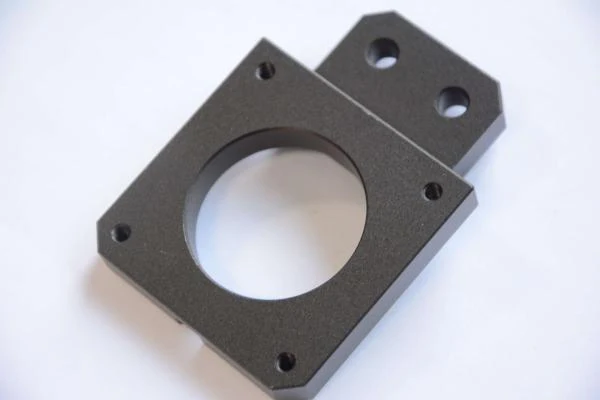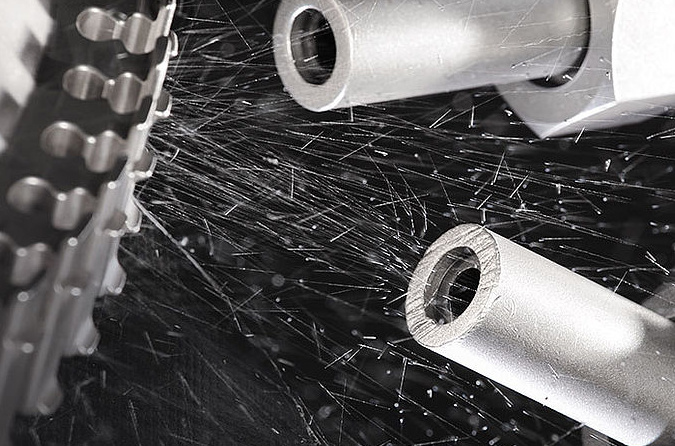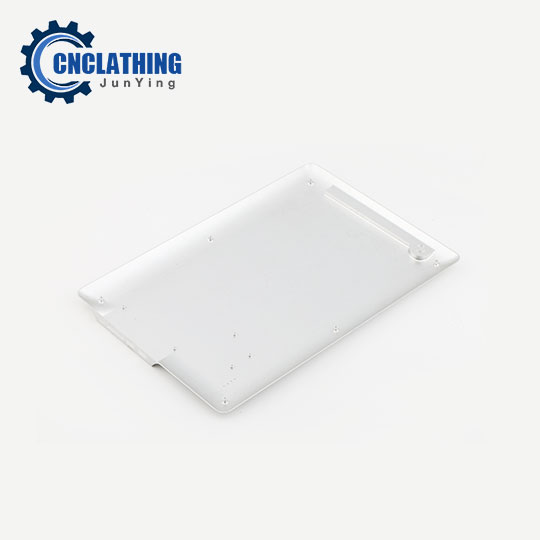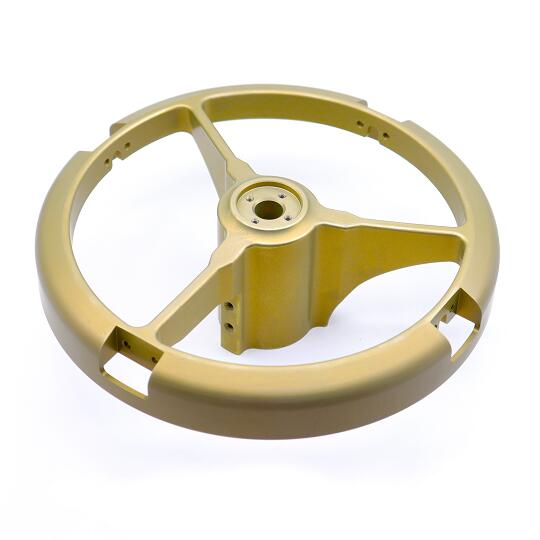What is Abrasive Blasting or Sandblasting | CNCLATHING Metal Surface Finishing Services
Top Notch Abrasive Blasting (Sandblasting) Services
Our professional sandblasting service provides exceptional surface cleaning and preparation for a wide range of metal components. Whether you need to prepare parts for powder coating, painting, or other finishing processes, our advanced sandblasting technology delivers consistent, high-quality results.
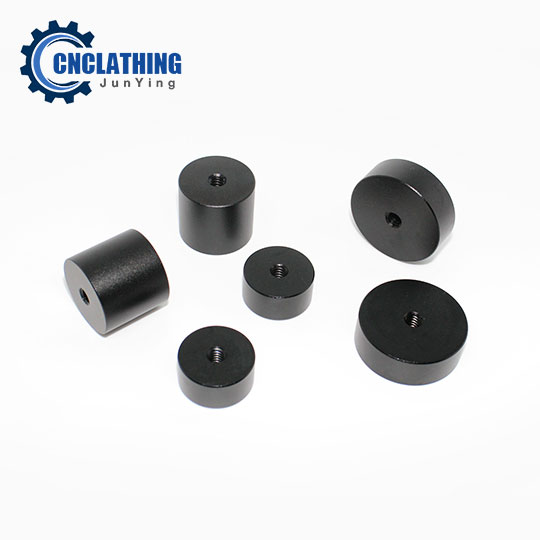
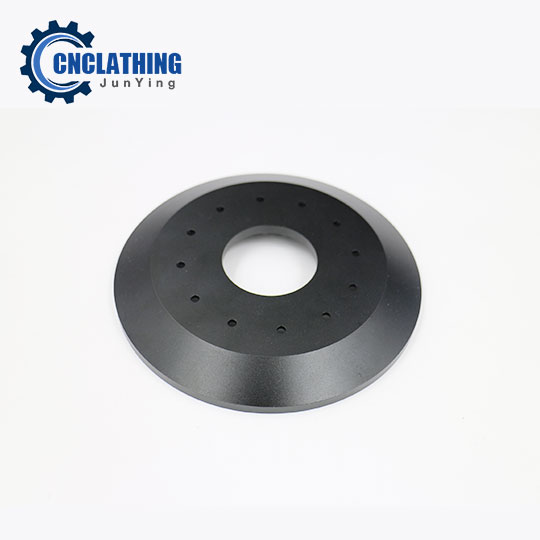
What is Sandblasting?
Sandblasting, also referred to as abrasive blasting, is a specialized surface treatment process that harnesses the power of compressed air to propel abrasive media at high velocity against a surface. This versatile technique has become indispensable in various industries due to its effectiveness in surface preparation and finishing. At its core, sandblasting is remarkably adaptable, capable of performing multiple functions including the removal of surface contaminants, smoothing of rough surfaces, and creation of texture on smooth surfaces. The process excels in preparing surfaces for subsequent treatments such as coating or painting, making it an essential step in many manufacturing and restoration projects.
How Does the Sandblasting Process Work?
The sandblasting process operates through a specialized system called a sandblaster, which consists of two primary components: the blast pot and the air intake. The blast pot serves as a container for the abrasive media and features a valve system that controls media flow, while the air intake, powered by an air compressor, generates the necessary pressure to propel the media. When these components work together, the abrasive media is forced through a nozzle at high velocity, creating a powerful stream that impacts the target surface with precision and force.
Upon impact, the high-speed media effectively removes debris, strips paint, cleans surfaces, and improves surface finish, with results varying based on the type of abrasive media used and the selected pressure settings. Modern sandblasting equipment has become more efficient with the addition of recovery systems that automatically collect used media, filter it, and return it to the blast pot for reuse, making the process both economical and environmentally conscious. This controlled process ensures consistent quality while maintaining optimal efficiency throughout the operation.

Advantages of Sandblasting
- Efficient Paint and Corrosion Removal: Sandblasting quickly and effectively removes old paint, rust, and corrosion without damaging the underlying material, even in hard-to-reach areas. This makes it particularly useful for restoring vehicles, machinery, and equipment.
- Precision Cleaning: Sandblasting can clean small, intricate tools and parts that might be difficult to handle with other methods. This precision helps ensure thorough removal of contaminants, providing an ideal solution for cleaning even delicate components.
- Smooth, Polished Finish: The process not only removes imperfections like burrs and tags from surfaces but also leaves a polished, uniform finish. This is essential in industries where a clean and smooth finish improves functionality and assembly, such as in mechanical and automotive parts.
- Improved Surface Adhesion: Sandblasting prepares surfaces for coatings by eliminating rust, oil, and other contaminants. This ensures a clean surface, allowing paints and protective coatings to adhere better, leading to longer-lasting applications and improved durability.
- Environmentally Friendly Options: Many sandblasting media are eco-friendly, such as glass beads or baking soda, which can be reused multiple times and cause less waste. This provides a sustainable option for industries concerned with environmental impact.
Applications of Sandblasting
Types Of Abrasive Blasting
Uses glass beads at low air pressure to clean or polish metal without leaving marks. It’s great for removing paint or rust and gives a clean, slightly textured finish.
Uses steel shot to clean metal surfaces. It adds strength to the metal surface and is commonly used in heavy machinery.
Uses a spinning wheel to throw abrasive materials like steel grit or shot. This method is fast and effective for large industrial jobs.
Uses water to reduce dust. It’s ideal for safer blasting since it prevents harmful dust from silica. It also provides a smooth, even finish.
Uses baking soda to gently clean surfaces. It’s good for sensitive jobs like restoring cars or removing graffiti without damaging the surface.
Uses dry ice pellets to clean surfaces. This method is often used for food processing equipment because it leaves no residue.


